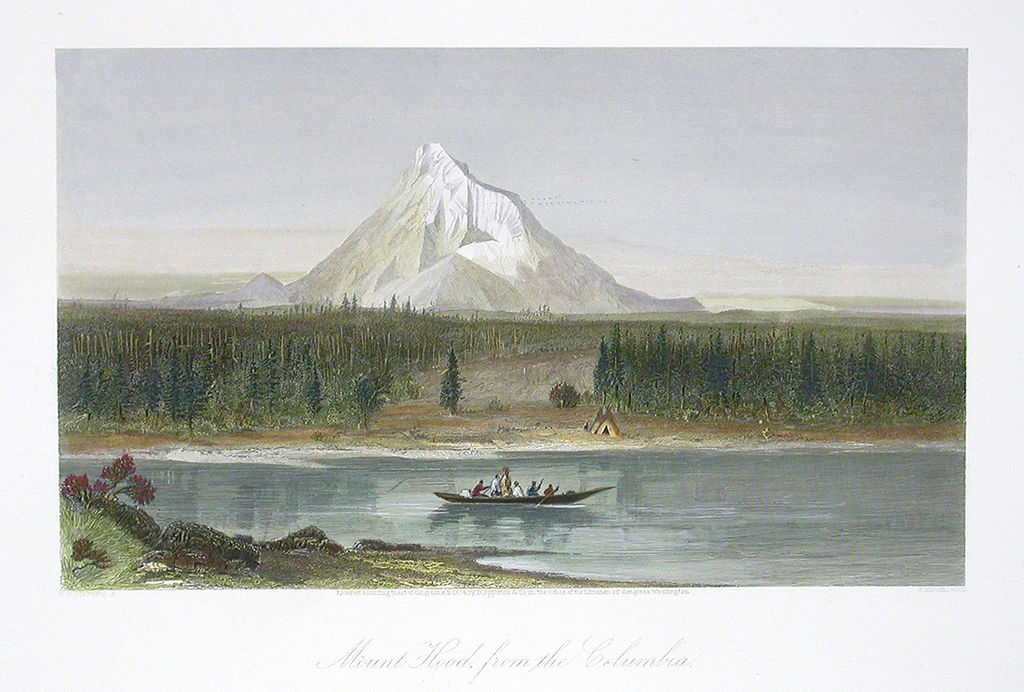Are Indexed Universal Life (IUL) products really better than regular UL? Does the additional cost really justify an IUL? For example take:
Male, age 52, preferred best rate class, $250,000 face amount
step #1. Run a UL illustration solving to endow at age 100, increasing death benefit option.
Note: endow is worth it’s face amount, a $100,000 policy endows when it’s cash value equals $100,000. Whole Life, the best quality par plans, are designed with increasing face amount and guaranteed to endow at age 100. That high quality standard is what all UL and IUL plans should be measured against.
#1 results:
UL: $5,000 annual premium (rounding to nearest hundred)
Year 20: $121,000 cash value, $371,000 death benefit
Step #2. Run an Indexed UL illustration using the same assumptions, except interest crediting at one basis point, 1%, above the UL’s current interest rate.
#2 results:
Indexed UL: $6,400 premium
Year 20: $157,400 cash value, $407,400 death benefit
Note: The Indexed UL requires $1,400 more premium to build sufficient cash value to endow at age 100. Granted the IUL shows higher cash value and death benefit in year 20, but the premium is much higher.
Step #3. run an illustrations of the UL at the same premium as the IUL
#3 results:
UL: $6,400 premium
Year 20: $164,500 cash value, $414,500 death benefit
This UL product has better non-guaranteed projections than the Indexed UL, assuming a 4% interest rate and the Indexed UL a 5% interest rate. Most agents probably quote an Indexed UL assuming interest rates of 7% or 8%, but that, to put it mildly, is very presumptuous. All Index UL illustrations with interest rate assumptions being the same each and every year are highly improbable. That’s just not how equity indexes perform; they go up and down. Index UL may have higher upside potential than a UL, but the carrier’s fundamentals are the same, and the hedging cost to cover and Indexed UL’s upside potential typically shows up in its cost of insurance.





 Licensed Agent:
Licensed Agent: 

 Sean Drummey
Sean Drummey
